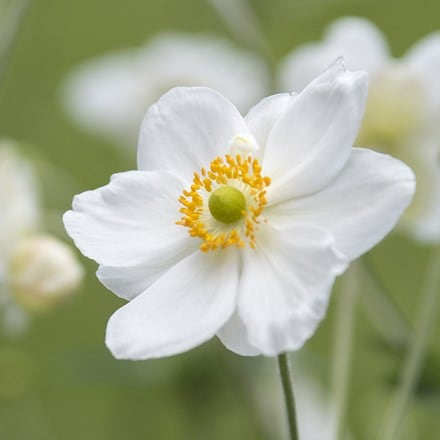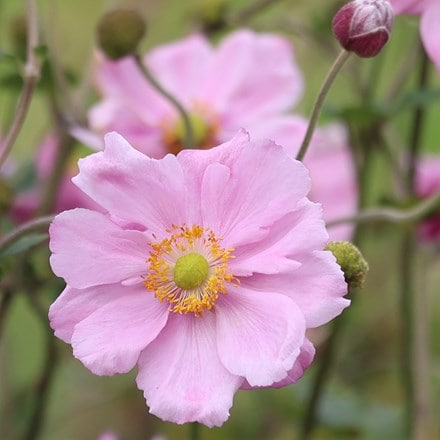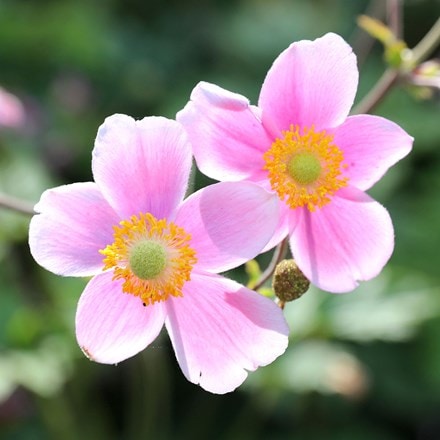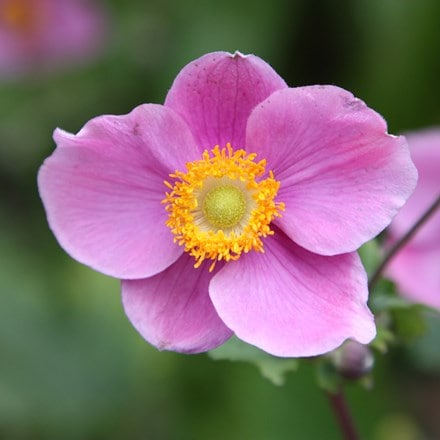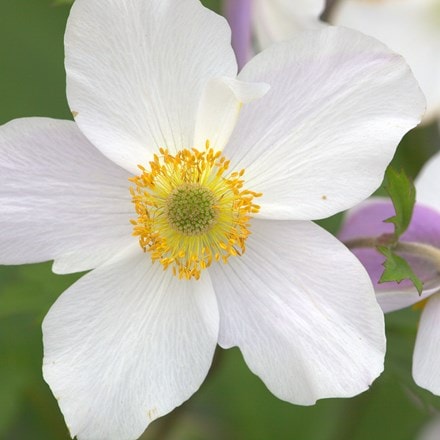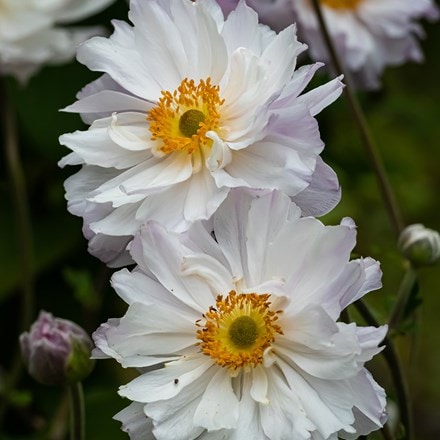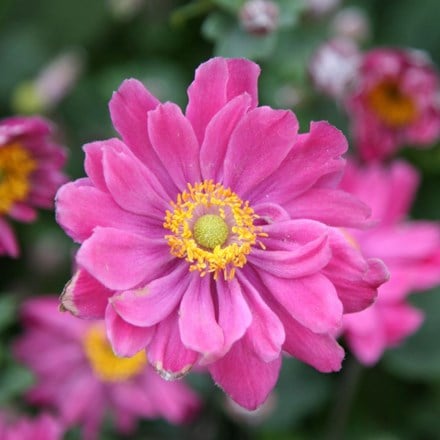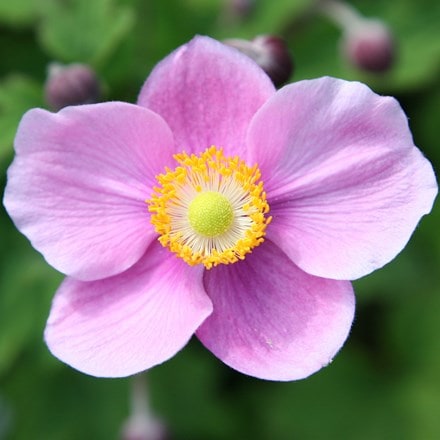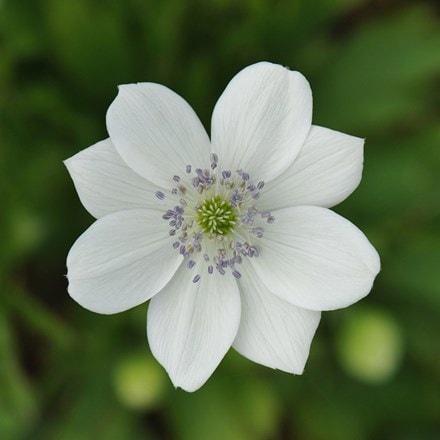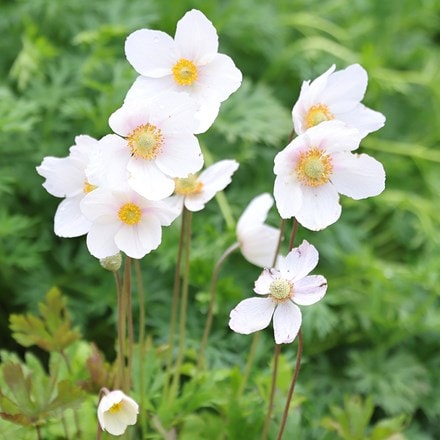
Written by: Crocus Head Gardener Ashley Edwards
Towards the end of summer, borders can look a little tired and lacking in terms of colour. Japanese anemones are a fantastic addition for autumn colour in your borders and containers. They are part of the buttercup family and come in a variety of shades of pink, to pure white, and single flowers to ruffled doubled forms. The flowers last well into autumn up to the first frosts and are great for pollinators. Anemones grow to a height of 50-150cms which makes them great for the middle, or back of borders. Despite their height they are generally quite sturdy plants and will only need support in exposed windy areas.

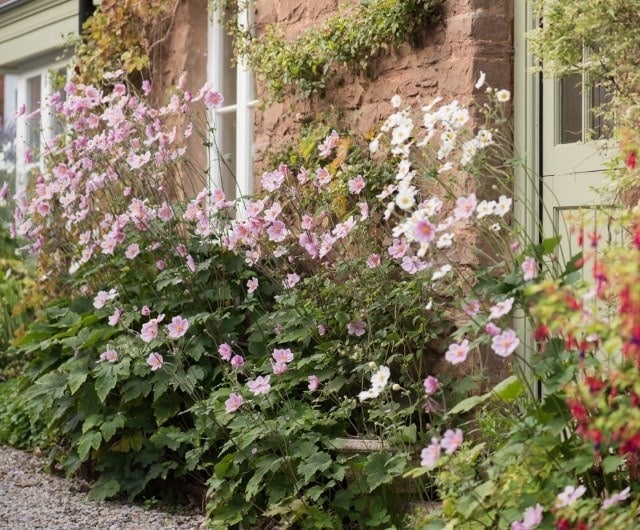
Where to plant Japanese Anemones
Anemones like rich, fertile soil that doesn't dry out completely or become waterlogged. They do well in sun and partial shade and are good for woodland edge planting. They can take a little while to establish, but once settled in they are vigorous growers and tend to spread using their rhizomes. Easy to look after and generally pest and disease free, they have been a staple part of gardens since being introduced to the UK.
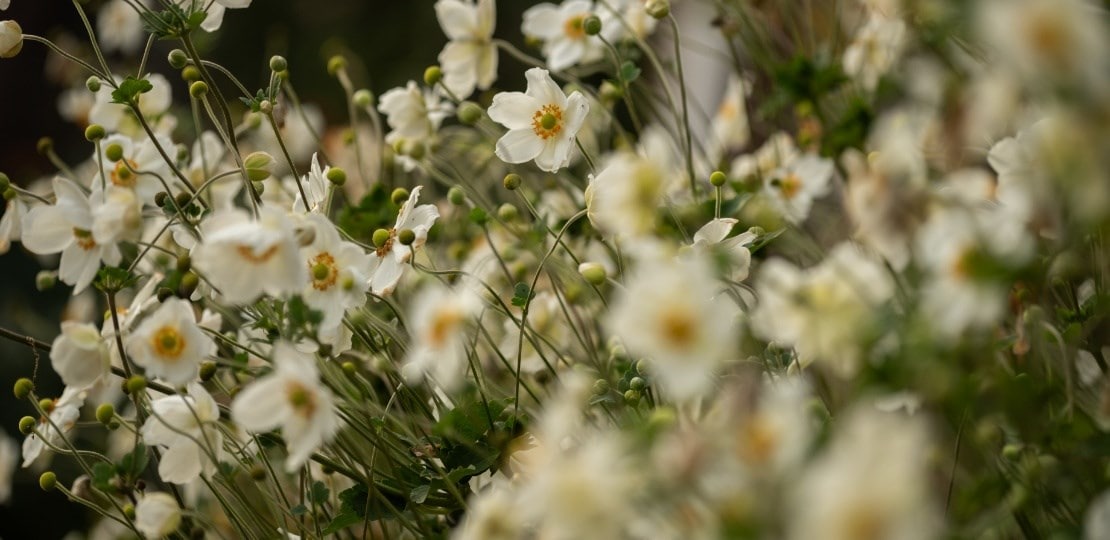
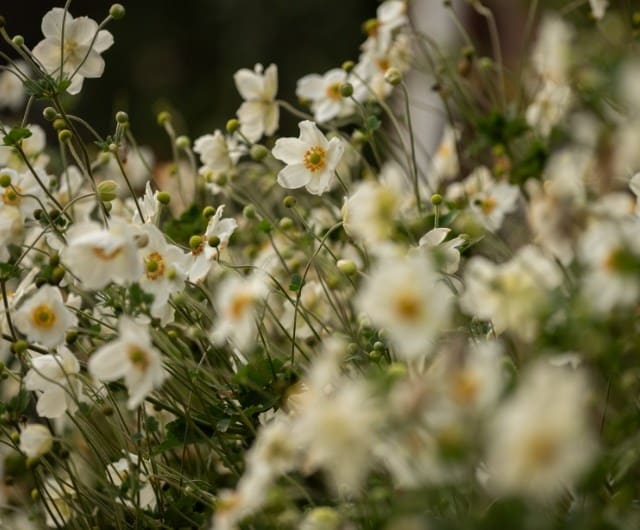
Varieties to try
To brighten a shady corner you can use the white flowering varieties such as A. x hybrida ‘Honerine Jobert’, complementing other shade loving plants like ferns and hostas. If you’d like soft pastel pink, A. x hybrida 'Königin Charlotte’ is a semi-double that has attractive dark stems. For a deep pink, Anemone hupehensis var. japonica 'Pamina' has attractive double flower heads with a slight frill, it’s also slightly more compact, so could work well in a large container.
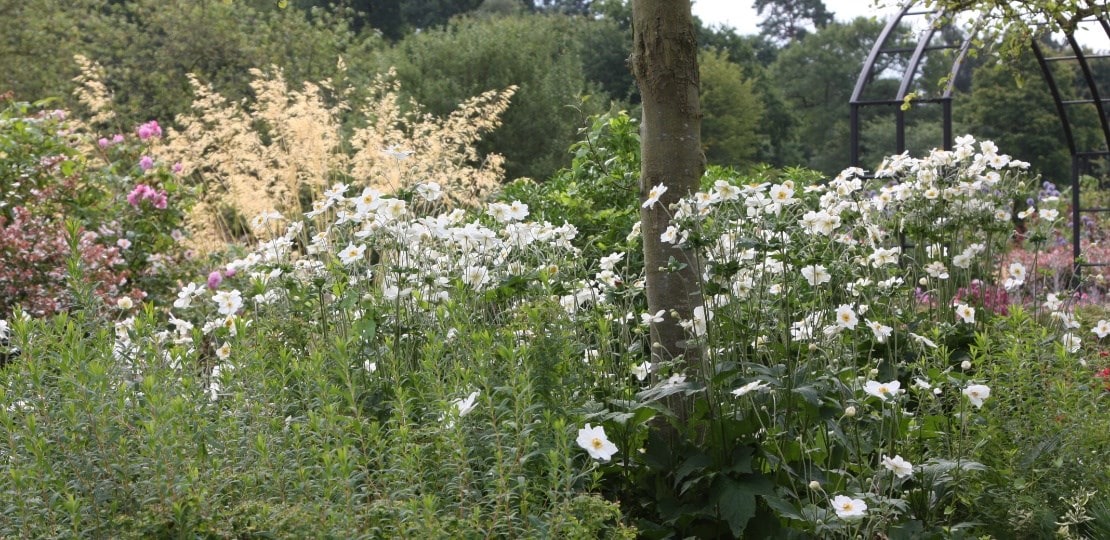
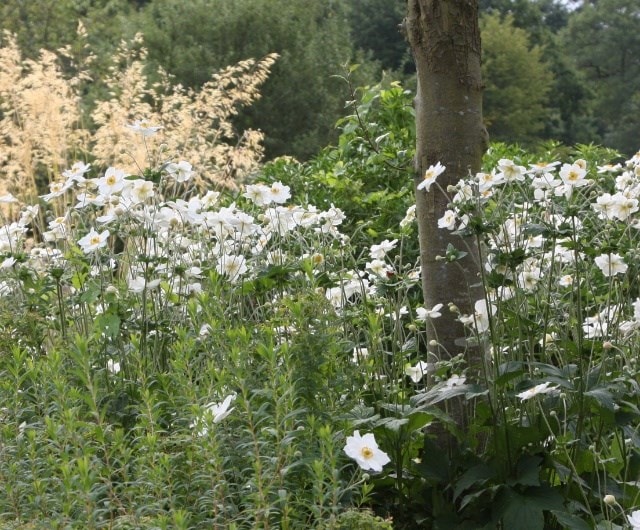
Planting advice
The best time to plant Japanese anemones is autumn or early spring. The soil should still be damp and this will help the plants to get their roots settled and established. When planting your anemones, prepare the ground by adding plenty of good organic, peat-free garden compost. You can add compost to your planting hole and spread it on the surrounding surface to be incorporated in my worms. After planting, water in well and keep watering during dry spells until the plants are established. Mulch your anemones annually, in spring, with an organic garden compost.This will feed them but also help to retain moisture and suppress competition from weeds.
Anemones pair well with late flowering perennial grasses to create an airy effect and also look good in front of dark shrubs like yew or purple beech. After the flowers finish they produce attractive seed heads. You can cut them back in late winter/early spring once foliage has turned black and emerging shoots appear at ground level. You can dig up and divide established clumps in spring to transplant elsewhere in your garden, or gift to friends.
Japanese anemones are hugely versatile, holding their own in cottage garden style planting but also in contemporary style and japanese gardens. So if you have a gap in your border or your summer flowers are all finished, consider adding japanese anemones.




